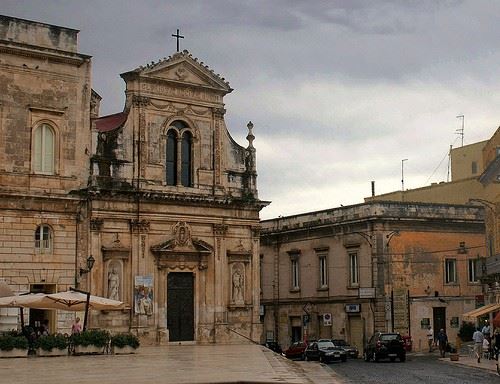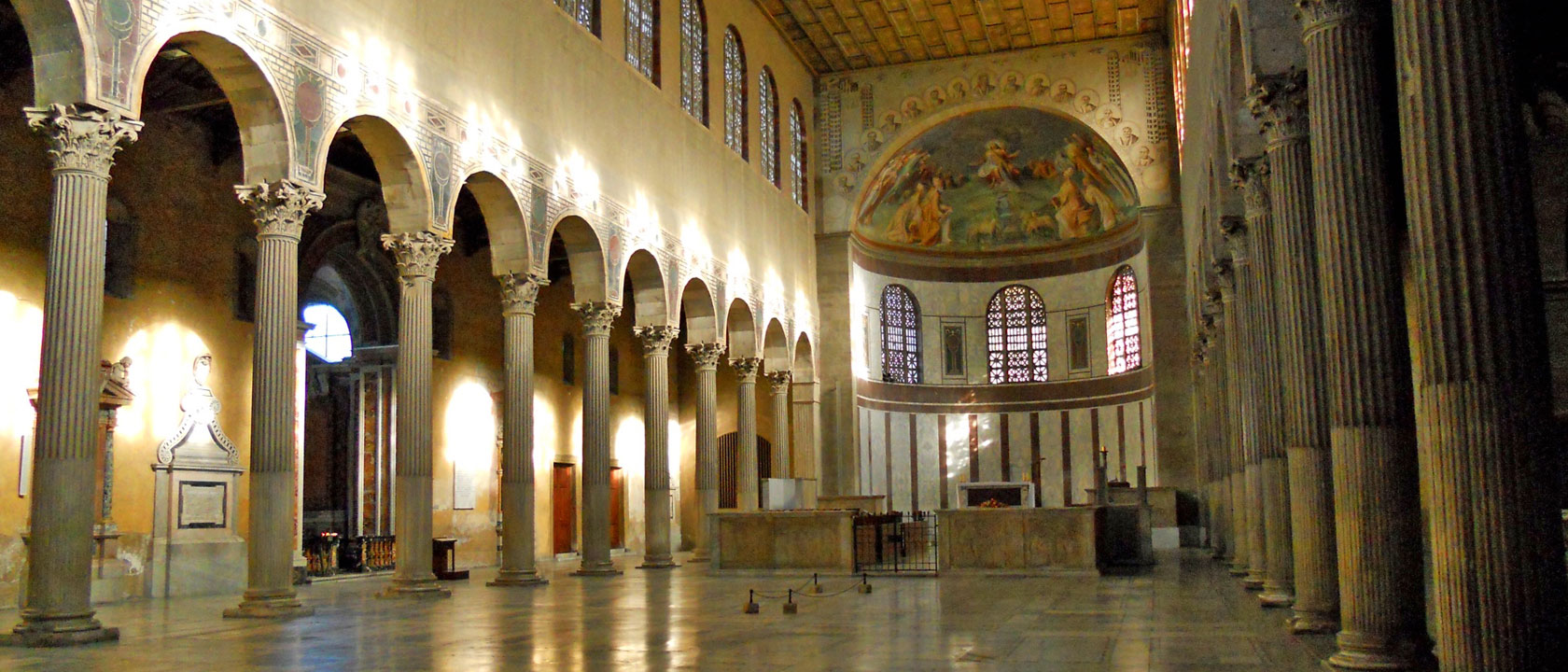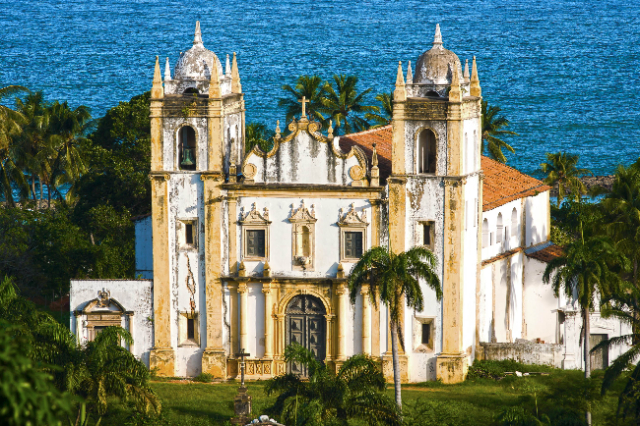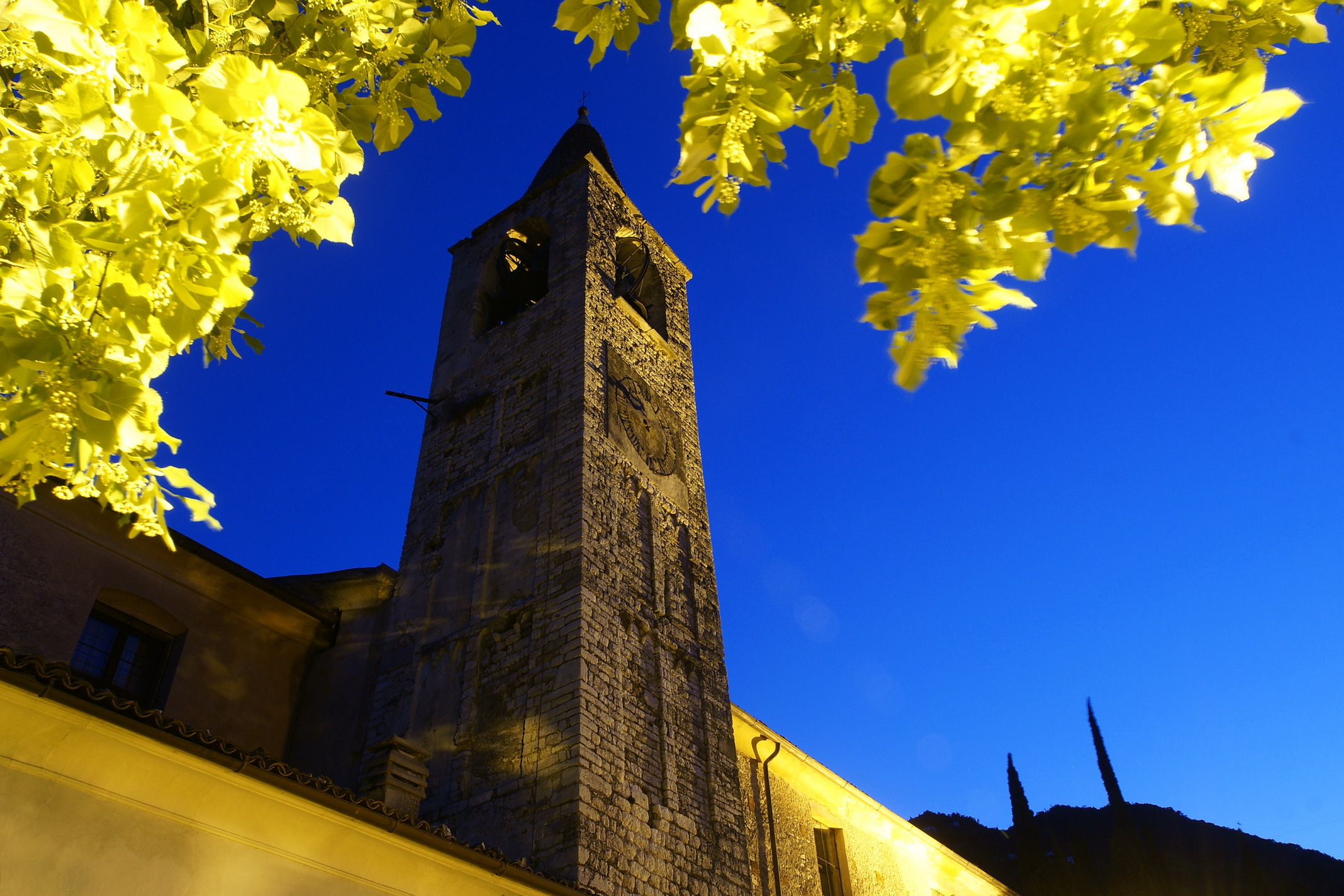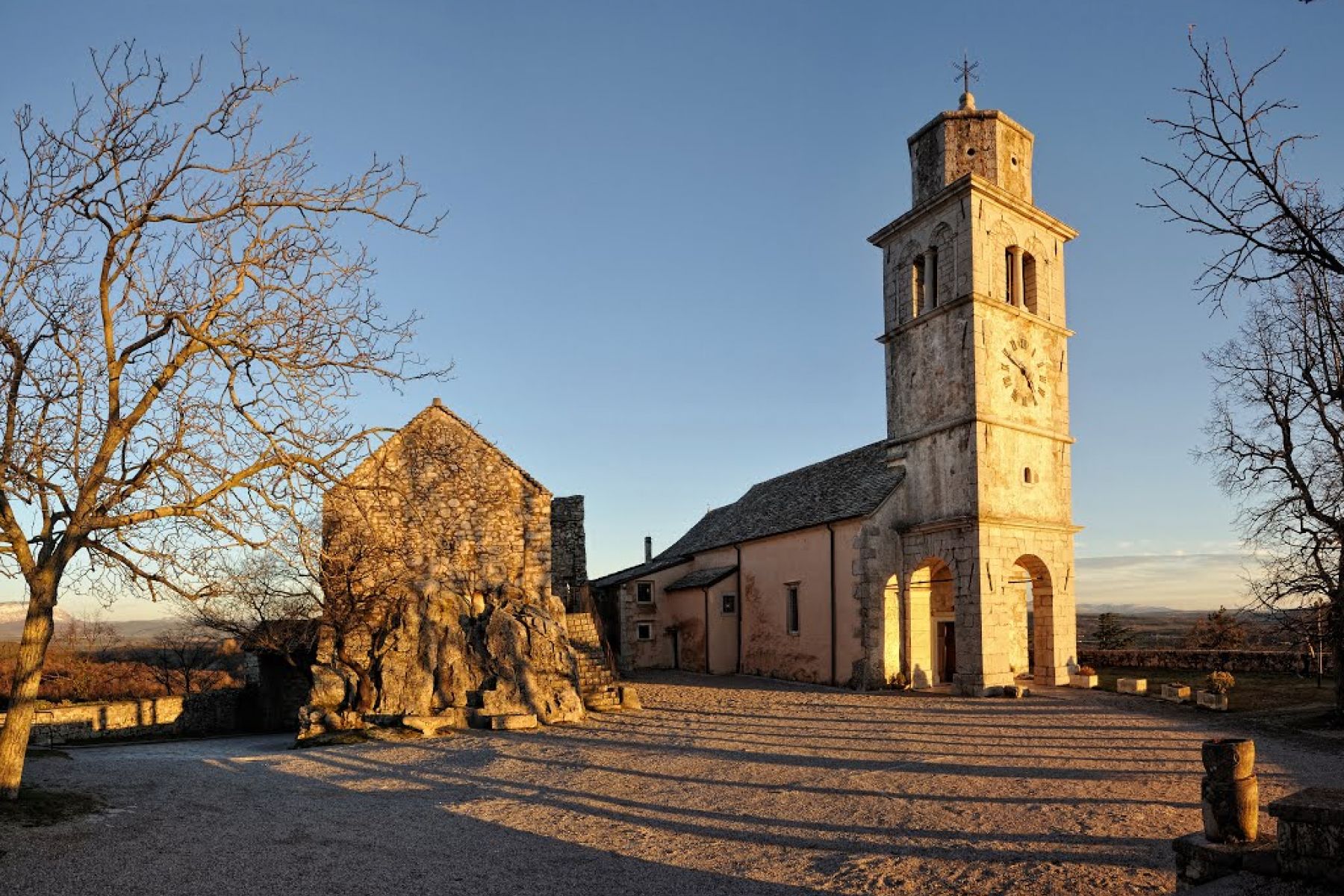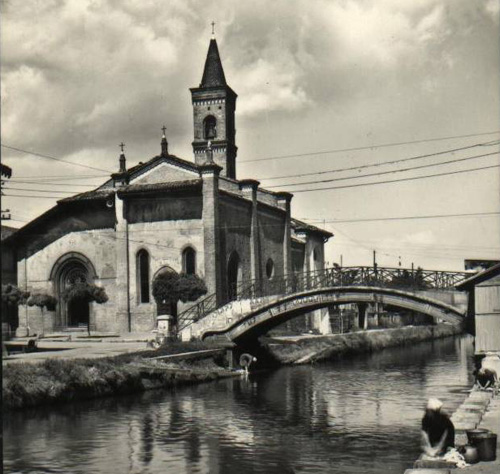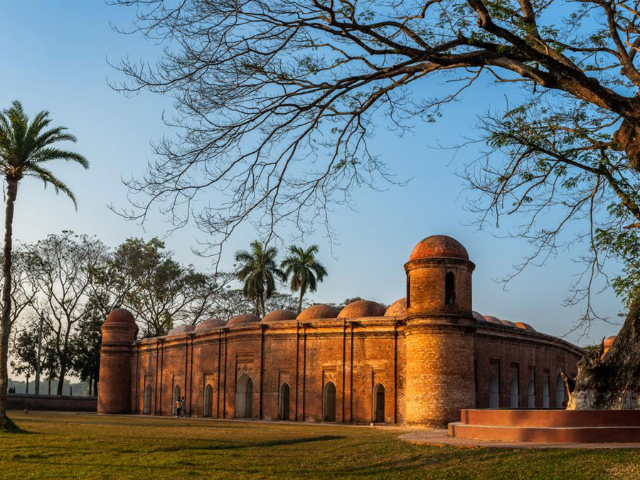It was built in the fourteenth century on an area donated at that time to the order of Friars Minor. In the second half of the XVIII century, after the earthquake of 1743 that had deeply damaged the primitive medieval church, it was rebuilt by the architect from Ostuni, Gaetano Iurleo.
The facade tries to resume the neoclassical scanning of the city palace, former Franciscan convent. In reality the sober element of neoclassicism in many points is softened by the curvilinear and fanciful forms of rococo. Both the pilasters and the moldings of the portal, of the niches and of the mullioned window are richly decorated with naturalistic elements, with spirals, with festoons and with shells.
Valuable is the shaft of the mullioned window that, thanks to a fanciful interlacement of racemes, creates the sinuous effect of a twisted column. In the niches are placed the most representative saints of the Franciscan order. Precisely on the left there is the statue of St. Francis with the wolf while on the right St. Anthony in a charitable act.
The bronze portal was realized by the Roman artist, Egidio Giarolo, in 1985 and reproduces the most significant episodes of the life of the Saint of Assisi.
The interior, structured in the shape of a Latin cross, consists of a single nave illuminated by the eight oval openings of the dome. Among the many artifacts deserve attention the painted of the school of Luca Giordano, the wooden statue of the Immaculate dating back to the eighteenth century, the work of Giacomo Colombo and marble altars made by the brothers Morgese, Apulian, or Neapolitan masters. The main altar is characterized by multicolored marble inlays and mixtilinear frames that alternate with volutes. In this context, animated by graces and gentle movements, appear the two ceroferari angels, located on the horns of the high altar, attributed to Sanmartino, Neapolitan sculptor of the 18th century.
